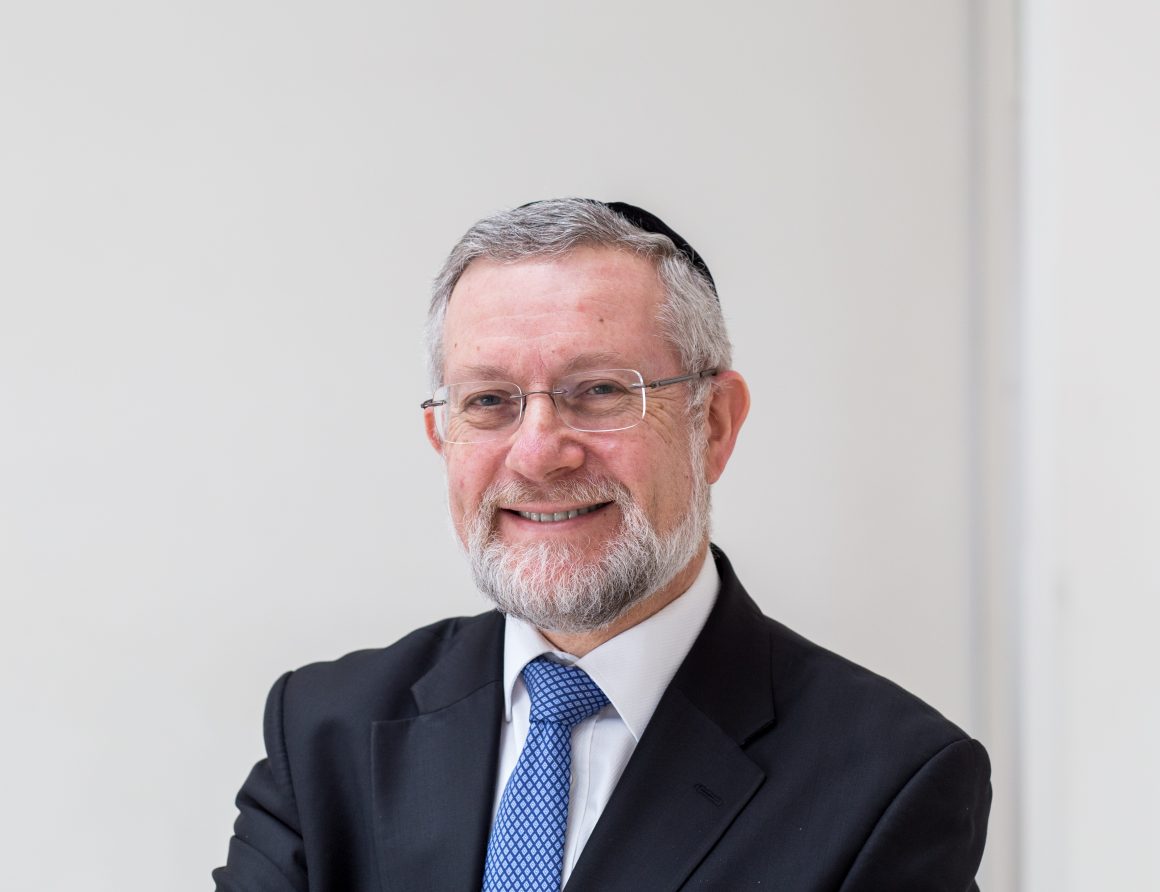HOLY ONES
We are in a period of the Jewish calendar filled with profound emotion.
On Thursday, we observed Yom HaShoah, the day dedicated to recalling those who lost their lives in the Holocaust.
Next Wednesday, we mark Yom HaZikaron, when we remember all those who lost their lives in establishing the State of Israel and those who have fallen since—whether in defending its existence or as casualties of terror attacks. The victims of the October 7th attack and the subsequent casualties are deeply present in our commemoration at this time.
The celebration of Yom Ha’Atzma’ut, Israel’s Independence Day, which follows immediately after, takes on additional poignancy this year as 59 of our hostages remain in captivity. Yet, despite all our pain and challenges, we have so much to celebrate in the very existence of a Jewish state that has achieved so much in its 77 years.
The emotional challenge of celebrating achievement while grappling with tragedy finds powerful expression in this week’s parsha. After the joy of the community in celebrating the completion of the Mishkan, the two elder sons of Aaron die. The great simcha of dedicating the Mishkan is marred by the death of two potential leaders of the community in the prime of life.
The words of comfort that Moses offers to Aaron are striking in their rawness:
“This is what the L-d said: I will be sanctified through those who are near to Me, and before all the people I will be glorified. And Aaron was silent.” (Vayikra 10:3)
Does Moses mean that those who lose their lives are especially close to G-d, and that their deaths are in some way an atonement for others? There are certainly commentators who read the verse this way. In Hebrew, we sometimes refer to victims of tragedy as kedoshim, holy ones, or even korbanot—which literally means sacrifices. It expresses the idea that G-d, in His infinite wisdom, at times takes the holiest and the best.
Yet there is another reading. Rashi’s grandson, Rashbam (France, 1085–1158), explains that “those who are near to Me” refers not to those who have died, but to those who remain alive and must face the grief—namely, Aaron himself. It is his example in the face of loss that defines what it means to be “near to G-d.” Those who are able to carry on, even in the shadow of enormous pain, are the true kedoshim—the holy ones—who set a remarkable example for the rest of us.
Since October 7th, we have seen so many examples of both kinds of holy ones. The victims of the attacks and the murdered hostages will forever be remembered as martyrs of Jewish history. But the way their families have carried themselves—with nobility and grace in the face of devastation—has been awe-inspiring. Equally, the courage shown by the released hostages continues to lift us.
As we move through these solemn days of memory and mourning into the celebration of Yom Ha’Atzma’ut, we are reminded of the challenge—and the sacred duty—to build a future even from the depths of sorrow. We pray that the remaining hostages will be returned soon.
May we honour all the holy ones—past and present—by striving to live lives of meaning, unity, and hope. Am Yisrael Chai!


